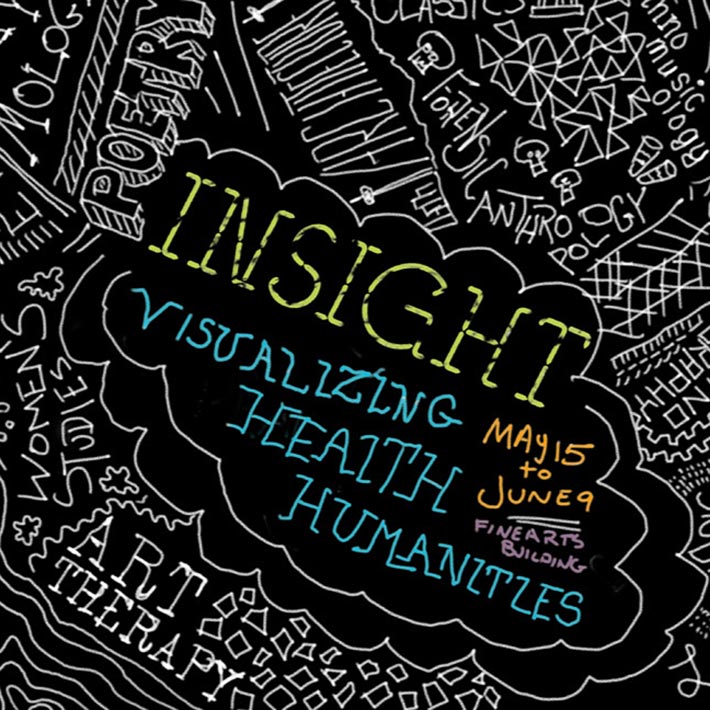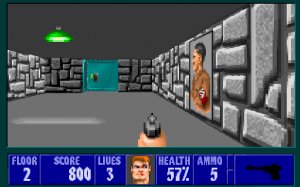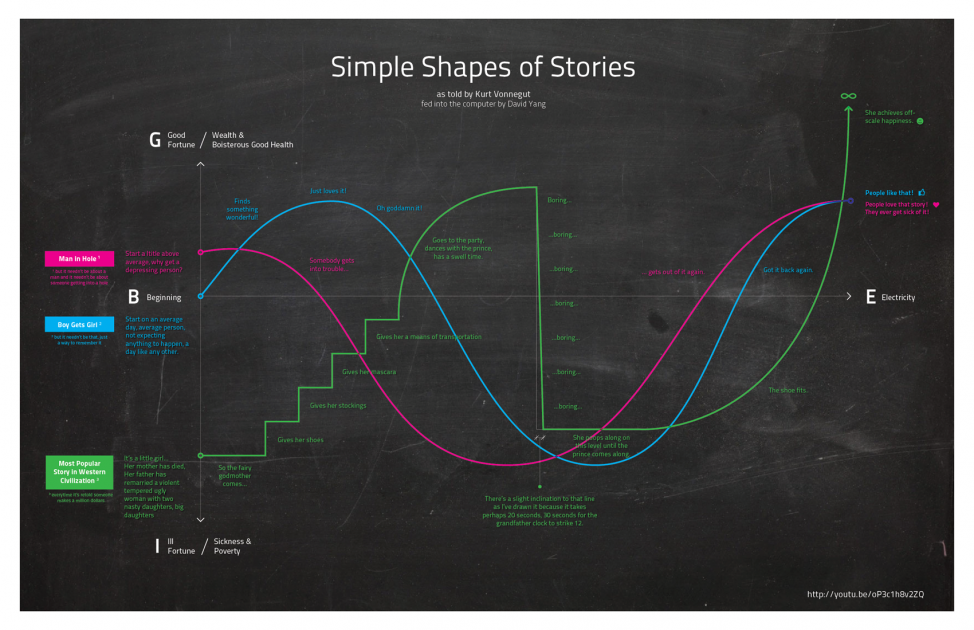Lindsay Thomas, the hard working blogger for 4Humanities has written an excellent piece On Graduate Education in the Humanities, by a Graduate Student in the Humanities. She talks about how hard it is to complete quickly when you are making ends meet by TAing and teaching constantly. She talks about the “casualization” of academic labor.
I would add to her essay that we need to think about expanding outcomes for graduate students. We design graduate programs to produce junior faculty (or casual labor who hang on in hopes of getting full-time faculty jobs.) What we don’t do is to design programs so that they prepare people for knowledge work outside the academy. This is not rocket science, there are all sorts of ways to do it and digital humanities programs could take the lead as our student acquire skills of broader relevance. But, as Lindsay points out, if you start changing or adding to graduate programs you can just extend the time to completion and students might end up no better off.


